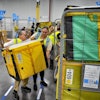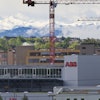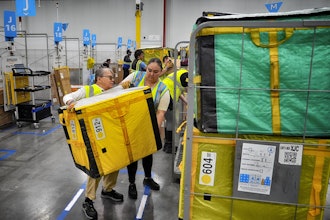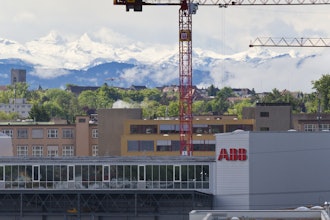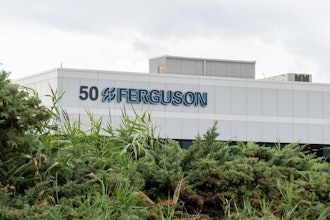WASHINGTON (AP) — Companies trimmed their orders for long-lasting manufactured goods in February, buying fewer computers, machines and primary metals.
Durable-goods orders fell 0.9 percent last month, the Commerce Department said Thursday. It was the fourth decline in the past five months.
Orders in a category that signals business investment plans dropped 1.3 percent. That followed a 6 percent decline in January, the biggest drop in two years. Economists said harsh weather may have kept some businesses from placing orders.
"This is disappointing," said Ian Shepherdson, chief U.S. economist at High Frequency Economics. "We had expected a hefty rebound after the blizzards depressed core orders in January."
Even with the February decline, durable goods orders are 24.6 percent above the recession low hit in March 2009.
Manufacturing has been a source of strength in this recovery. Economists expect that to continue because tax cuts will encourage businesses to spend more on capital goods and equipment this year.
There is some concern that the earthquake and nuclear crisis in Japan might disrupt factory output in the United States because Japan ships parts to U.S. manufacturers. U.S. auto and electronics companies are seen as the most vulnerable to potential shortages of critical component parts.
But many economists believe that as long as Japanese factories are able to avoid lengthy shutdowns, any impact on U.S. firms should be short-lived.
Analysts noted that the government did revise the January report to show a gain of 3.6 percent — better than the initial estimate of a 2.7 percent.
Dan Greenhaus, chief economic strategist at Miller Tabak in New York, said the data would likely lower estimates for overall economic growth in the January-March quarter.
One of the few sources of strength in February was a 26.7 percent rise in demand for commercial aircraft, a very volatile category. Orders for autos rose 1.9 percent in February but demand for defense aircraft fell 18.4 percent.
Excluding transportation, orders dropped 0.6 percent in February. That followed a 3 percent fall in January.
The weakness included a 2.1 percent decline in demand for primary metals, a 4.2 percent drop in orders for machinery and a 0.4 percent fall in demand for computers and related products. Total electronics products rose 0.6 percent and demand for appliances was up 2.6 percent.
Manufacturing activity has been expanding since the recession officially ended in June 2009. The Federal Reserve reported last week that factories produced more cars, appliances, computers and furniture in February, lifting manufacturing output for a sixth straight month. Industrial production has risen nearly 12 percent since hitting its recession low in June 2009.

